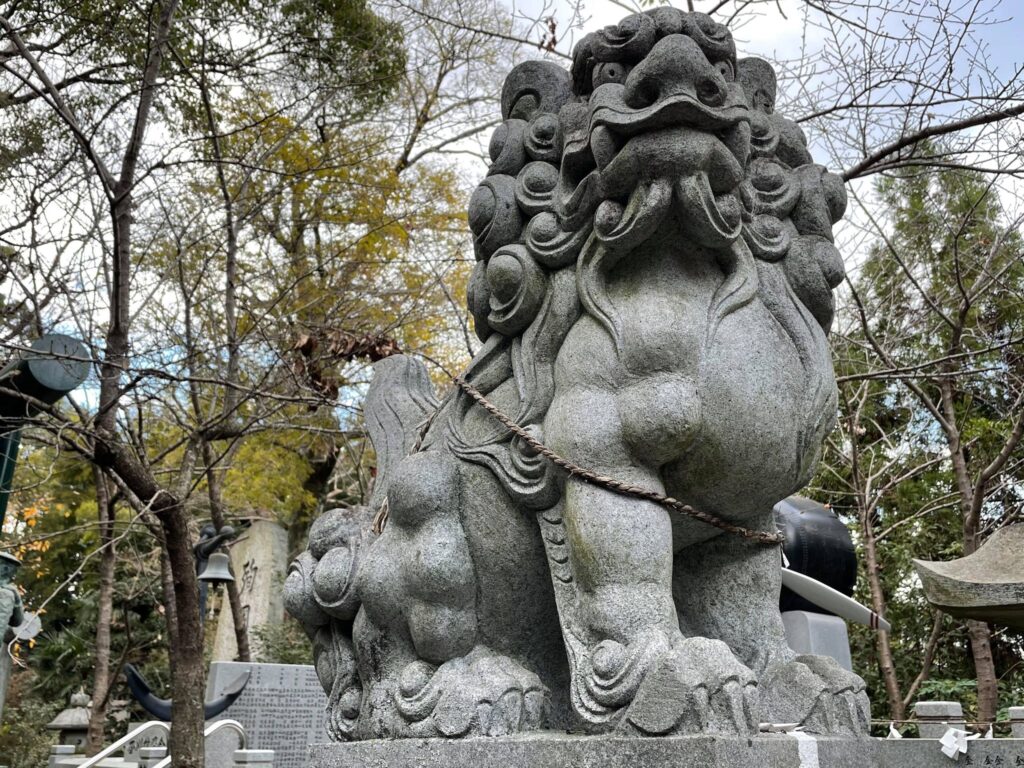
When you travel to Japan, visiting Shrines and Temples is a great experience. You get to see buildings and cultures unique to Japan there. Many guide books and travel blogs list some shrines and temples as “must visit” places. So, it won’t be hard for you to find “WHERE” to visit. But how about “WHEN”?
In this article, we will tell you about the following:
- What is a Shrine?
- Difference between Shrines and Temples (How to spot Shrines)
- 3 Things You Shouldn’t Do at Shrines
- The Best Hours to Visit Shrines and The Reasons
- The Way To Spend Time at Shrines ~Elementary~
- The Way to Spend Time at Shrines ~Intermediate~
- The Shrine must to visit in Kagawa, Shikoku, Japan
WHAT IS A SHRINE?
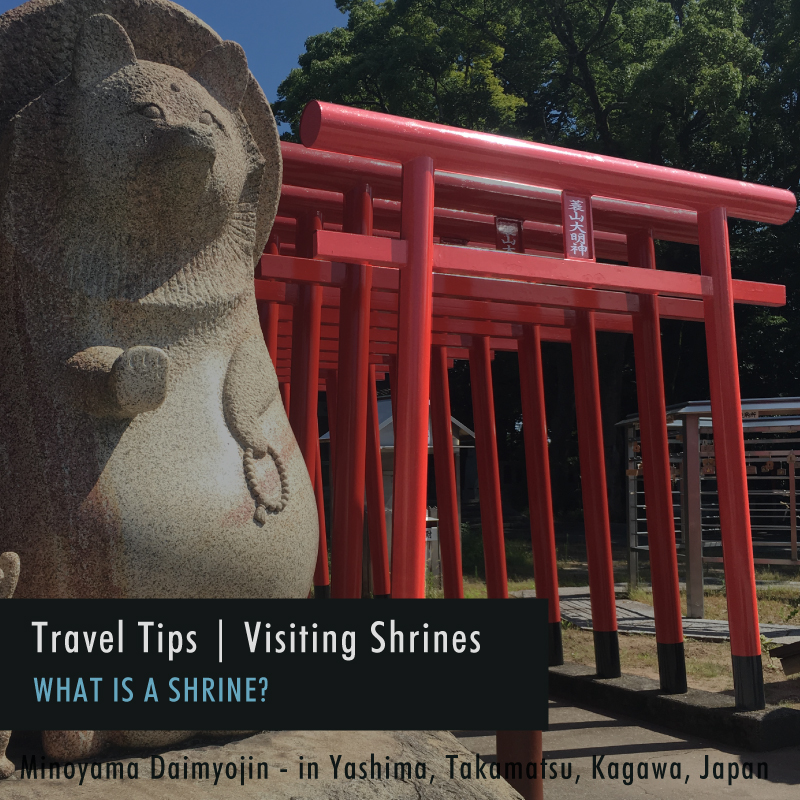
Shrines are sacred facilities in Japanese Shintoism, as churches, temples, mosques, and synagogues in each religion. It is the place where the gods are and people pray. God”s”? Yes. Shintoism is one of the oldest religions in Japan to believe that everything has God/Goddess.
Although it is a sacred place for Japanese people, Shrines are usually open to the public and nobody cares if you believe in Shinto or not. “To FEEL THE JAPAN”, architecture-wise, history-wise, and social anthropology-wise, Shrines are one of the best places for you to visit.
We will post handy information for you to visit Shrines in Japan for in the next few posts.
Which is Temple and Which is Shrine?!
For people outside of Japanese culture, this must be hard to tell. Temples are for Buddhism. Even you knew that how can you tell the difference by looking at it? See the photo we posted here. That is the gate for shrines called “TORII(鳥居/tori-i/)”. If you see the gate, that is Shrine.
3 THINGS YOU SHOULDN’T DO AT SHRINES
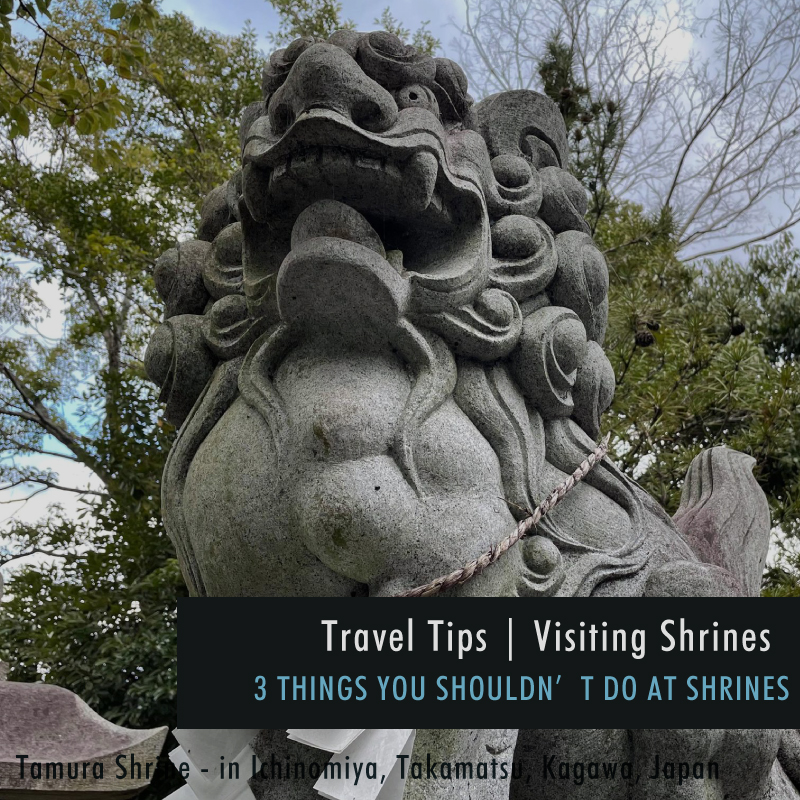
Before we go into the topic, let me ask you one question.
How would you feel if someone, who believes “ash is ash nothing more”, throughout your grandmother’s ash on a garbage day with banana peels without asking you? Shocking, isn’t it?
Doing things we listed here could be that offensive to some people. HOWEVER! Everyone has a different faith. Different faith has different rules. So, these are something that we would like you to avoid doing at shrines in Japan if your faith allows.
Famous Shrines are on many guide books to visit.
But please remember that Shrines are the places for local people to pray.
Now! 3 things to avoid doing at Shrines.
- Walking in the middle of the path:
The middle of the path at the Shrine is for Gods to walk on. We are advised to walk aside: on the Right or Left. - Taking photographs of the inside of the buildings (from the center):
You see distinguish buildings at the shrines. That is Gods’ house. Inside of the building has very sacred things are displayed as Gods. - Making loud noises or talking loudly around the praying area.
THE BEST HOURS TO VISIT SHRINES & THE REASONS

Straight to the point! The best hours to visit Shrines are “7-9 AM”. And here are the reasons!
Not so many tourists are out there yet! That is the hours the shrines are the way supposed to be.
Tourists’ attraction is their second purpose.
The benefits of it are as followed:
- You can see the Shrine the way supposed to be for the local people.
- You might be able to see the real local people there to really pray.
- You can see the Shrine without any disturbances
- Because the air is fresher and no people around, you can take beautiful photos without strangers getting in your way.
- You can maximize your time: If you visit a Shrine of your choice in this hour, you can visit one more place during the day!
THE WAY TO SPEND TIME AT SHRINE ~Elementary~
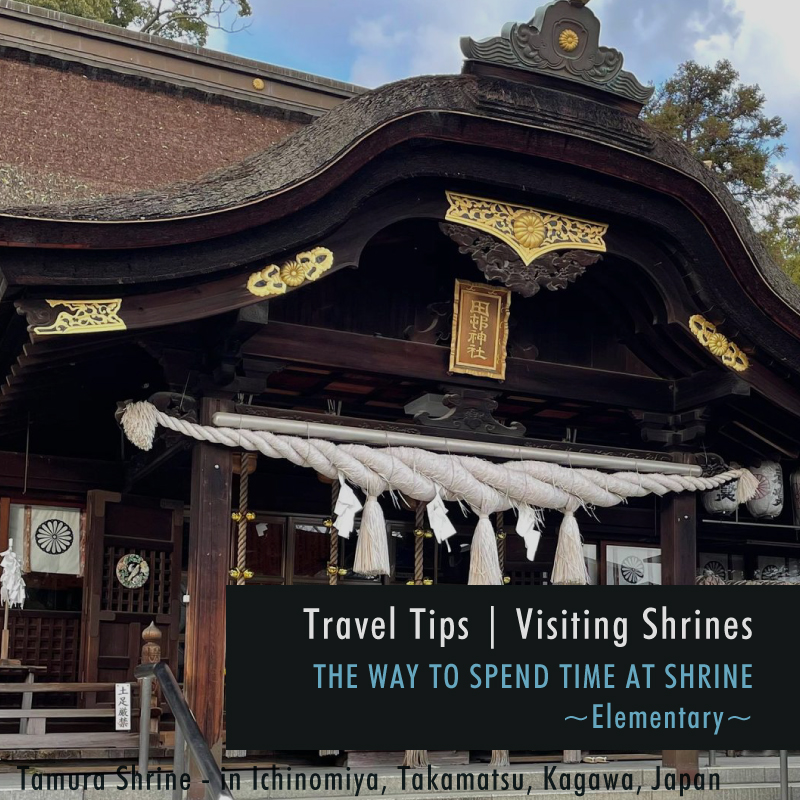
The architectures in Shrines are different from houses. There is a special type of carpenters called “宮大工(/miya-daiku/)”. They can only build and mend them. And many features are unique to Shrines. So, there are so many places & parts to see & take photos. BUT on top of it, we’d like you to recommend the following things.
BEFORE YOU VISIT:
Check the story & expertise of the gods. Each Shrine enshrines one or a few gods. Each god has stories of how they become a god. Also, each god has his/her area of granting wishes. Knowing that enhances your experience of being there.
AT THE SHRINE:
Try to spend the time there with a calm and relaxed mind. Try if you can feel the difference in the air inside and outside of the main gate. Feel the time has passed there centuries by looking at moss on the rocks or the size of trees. Try to notice tiny things happening or not happening there. If you are lucky, you might get something that some people call “the god’s sign”. It is something like, suddenly the wind blows, suddenly birds stop singing, or strangely a leaf fall in front of you.
THE WAY TO SPEND TIME AT SHRINES ~Intermediate~
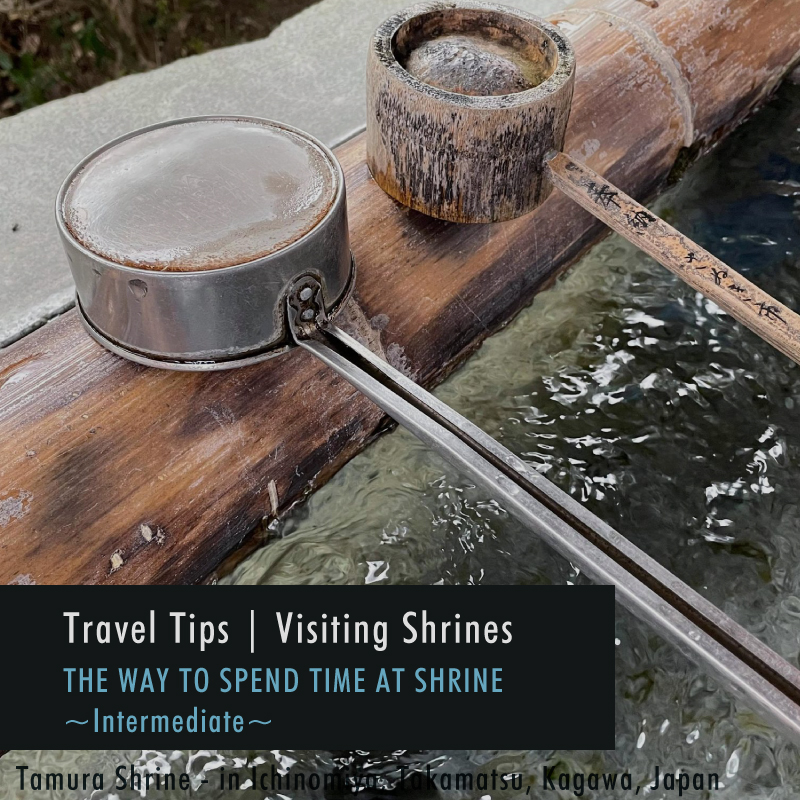
Now you know how to spot Shrines. And you might have visited major “on the guide book” kind of Shrines. What we would like you to try is to visit a Shrine you happened to walk by.
Big and gorgeous Shrines are wonderful and powerful. But we would like you to experience small Shrines which are loved and maintained by a few blocks of neighbors. They might not be as luxurious as other famous Shrines, but you will feel the warmth of the locals. That is the place where local people visit often, pray, and wish for the well-being or good luck of someone/something important for them. Many visit Shrines to tell appreciation for nothing bad happened. The little Shrines might be the Shrines been told “thank you” by the locals’ generations after generations.
When you were taking a walk and notice a Shrine, take a peek, and see what you find and feel there. You might see “the life” of the area there.
The Shrine must to visit in Kagawa, Shikoku, Japan
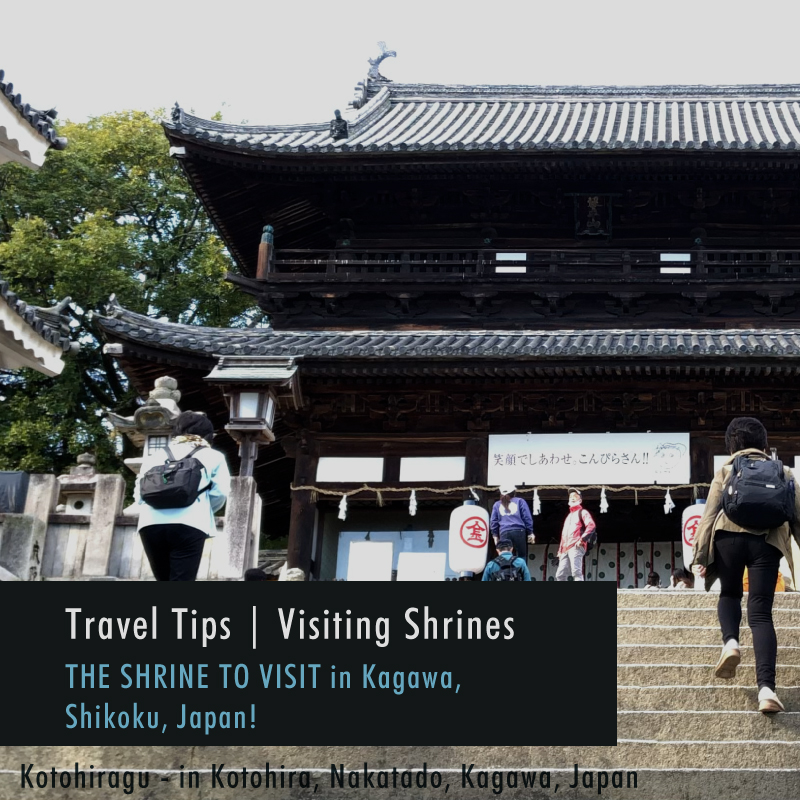
It is a well-known Shrine of where we are. So, if you are interested in visiting there and wish our head curator to attend you, remember, WE CAN arrange that. And our curator can assist you language-wise and culture-wise.
金刀比羅宮(/koto-hira-guh/) [a.k.a. “こんぴらさん(/kompira-san/)”]
Location: 892-1 Kotohira-cho, Nakatado-gun, Kagawa, JAPAN
Nearest Station: JR Kotohira (JR Dosan line), Kotoden Kotohira (Kotoden Kotohira line)
Gate Open: 7:00 ~ 17:00
Walking Side: On the right
FAMOUS FOR STONE STEPS:
To Main Shrine: 785 steps
To Rear Shrine: 1,368 steps
YOU CAN VISIT PRETTY MUCH EVERYONE:
Along the way to climbing up the 1,368 steps to the Rear Shrine and back down, you will see many small shrines on the side. Each small shrine enshrines different gods. From the god of fire to the god of study, you can visit pretty much everyone you need in your life.
SO MUCH FUN AT THE BOTTOM OF THE SHRINE:
The Shrine is located in the middle of a mountain. The stone steps to the main gate, there are many different shops that you would love. Experiencing UDON noodles, Viewing the oldest functioning KABUKI theater, Foot hot spring, SAKE makers, and so on!
Get the Language & Culture Assistant for your trip in Shikoku, Japan!
Did you know that we provide “the Language & Culture Assistance” service, while you stay in Shikoku (Kagawa, Tokushima, Ehime, and Tokushima), Japan?
Our Head Curator, who is from & living in Shikoku, boosts your experience in Shikoku. With her, now you can attend workshops which take place only in Japanese or/and go to the local restaurant without wondering about the food and table manners!
If you would like to know more, simply contact us from the following contact form!
May we interest you in these articles?
When to Visit | A holiday season in Japan
Should you avoid GW in Japan?
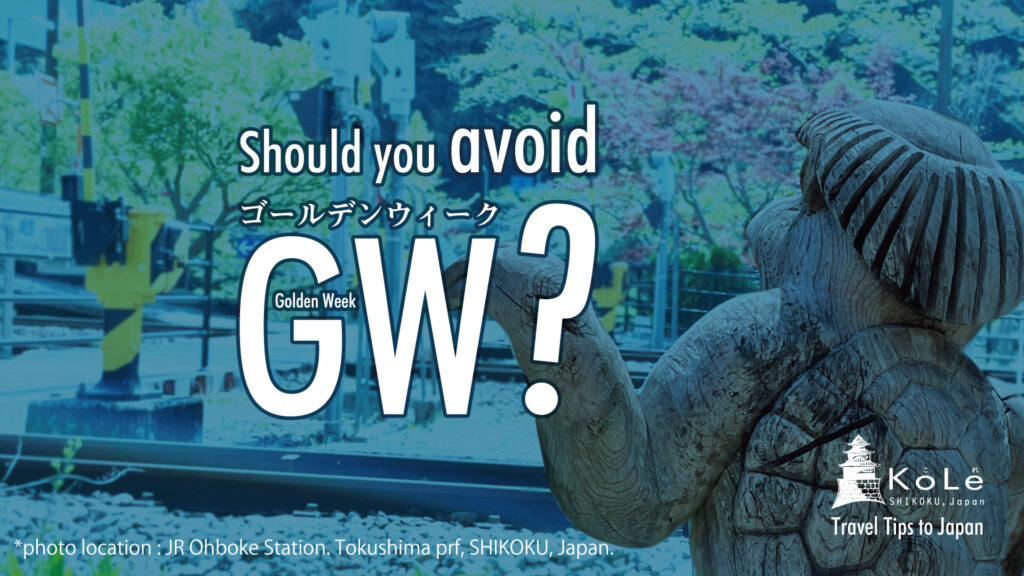
By any chance, is your next holiday destination, Japan? It is so easy to find information about places to go on the internet. BUT how about WHEN TO AVOID?? When I plan a trip abroad, what I have a hard time finding the most is this. You can check national holidays but it doesn’t tell you how crazy the transportation or road gets and what type of shops are closed… READ MORE
Basic Knowledge of Our Location
Unique Island SHIKOKU, Japan
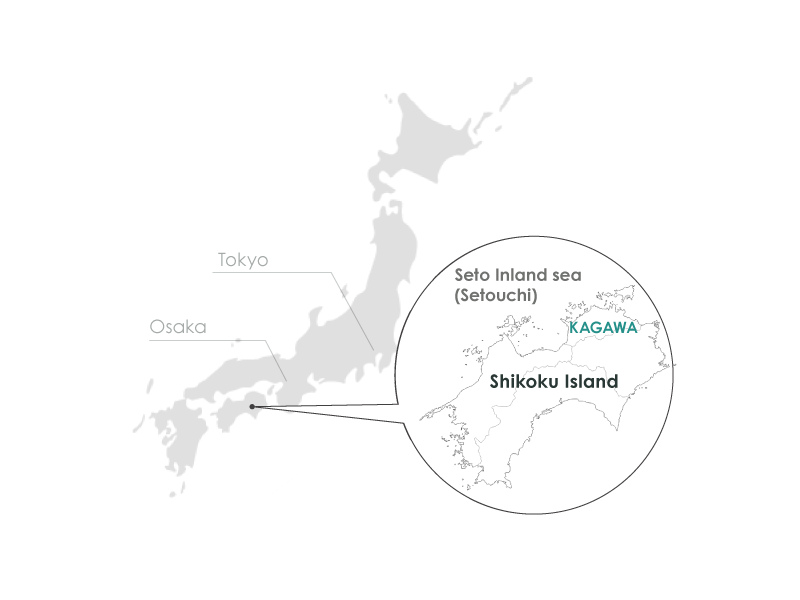
Since 2019, The New York Times and Lonely Planet have chosen The Shikoku Region or The Shikoku Island as a place to visit, a few times. That happened to be our location. Find out what makes our region so unique.
VIEW THE PAGE
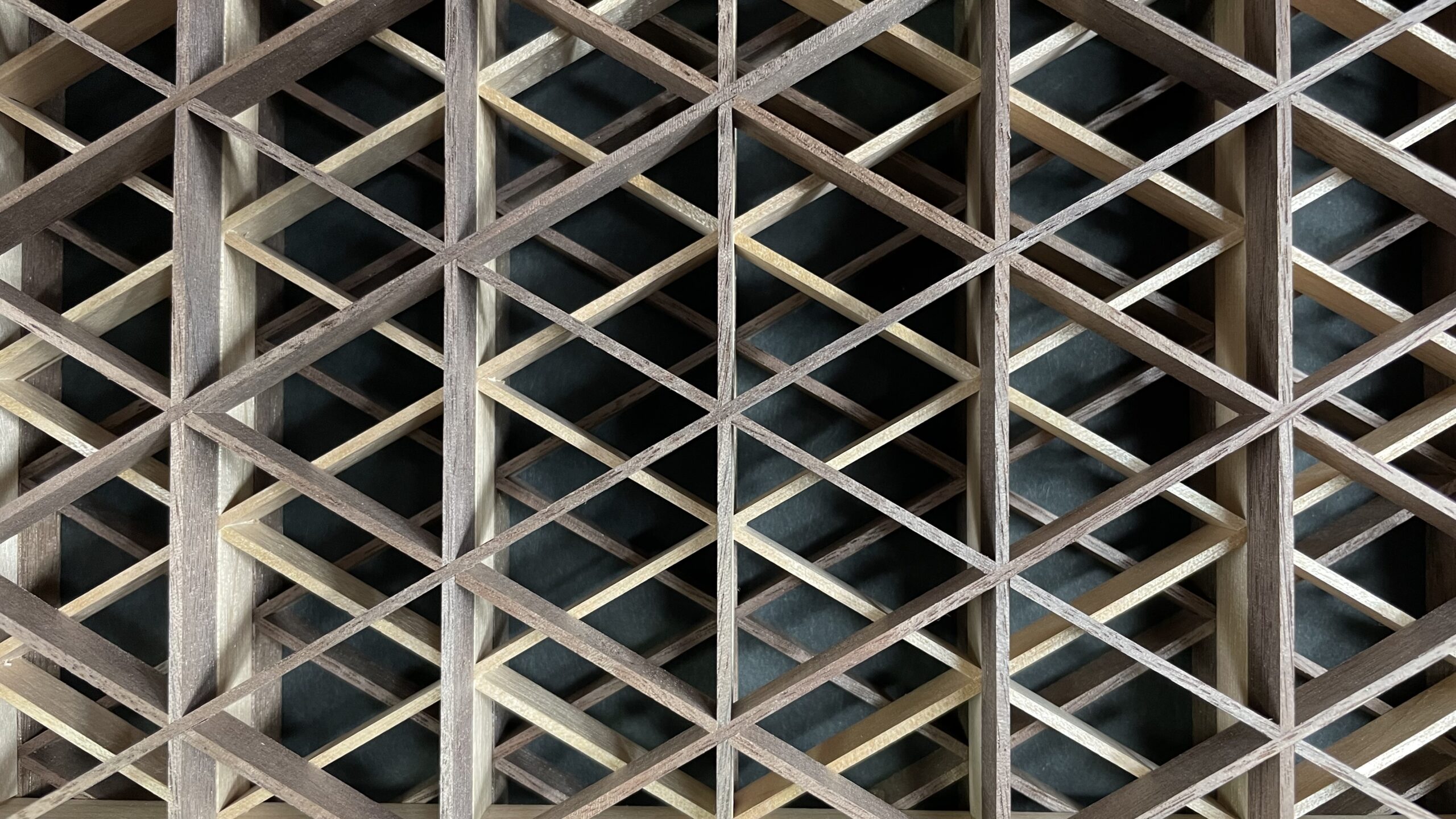


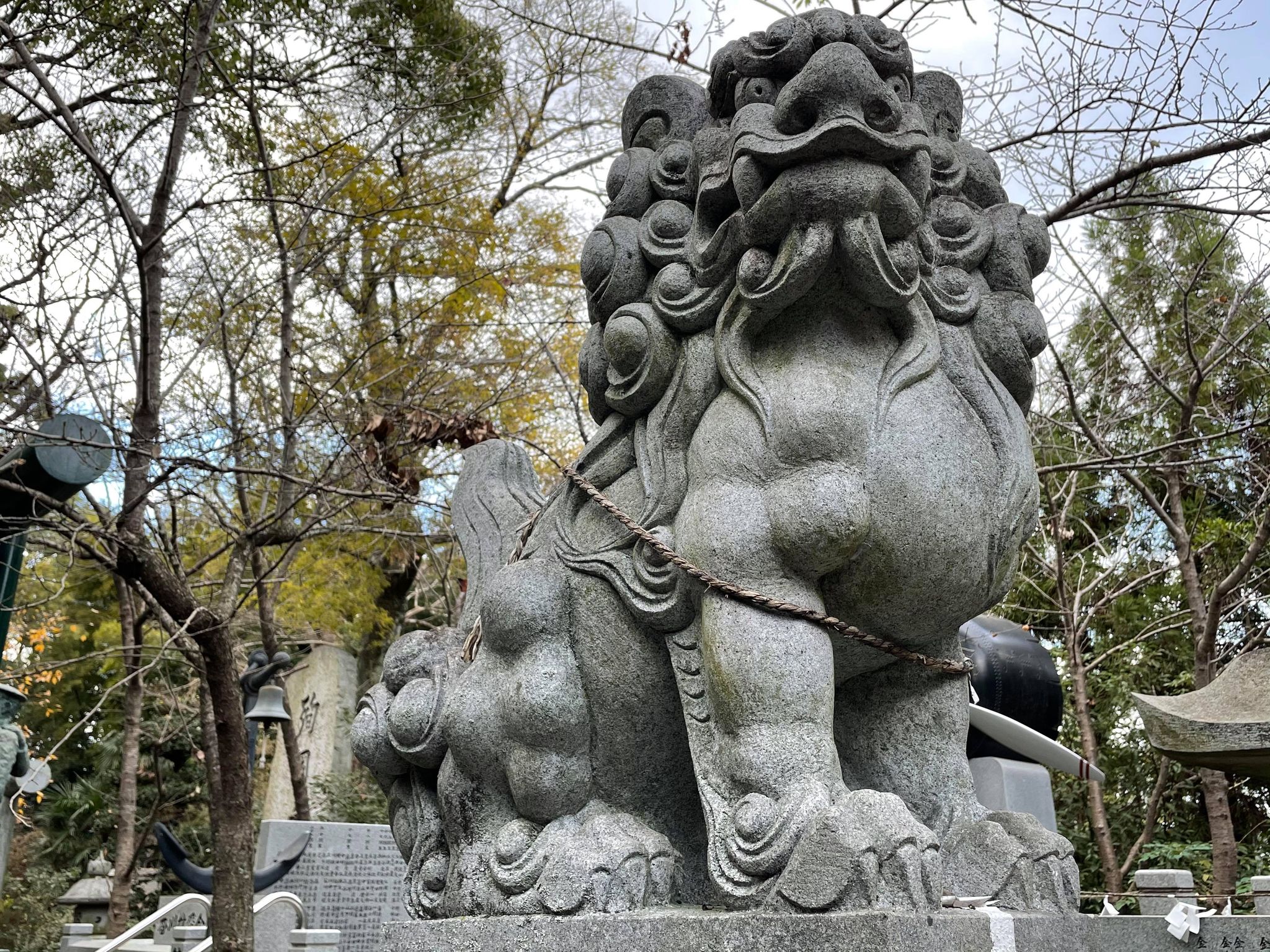





Comments by satoko